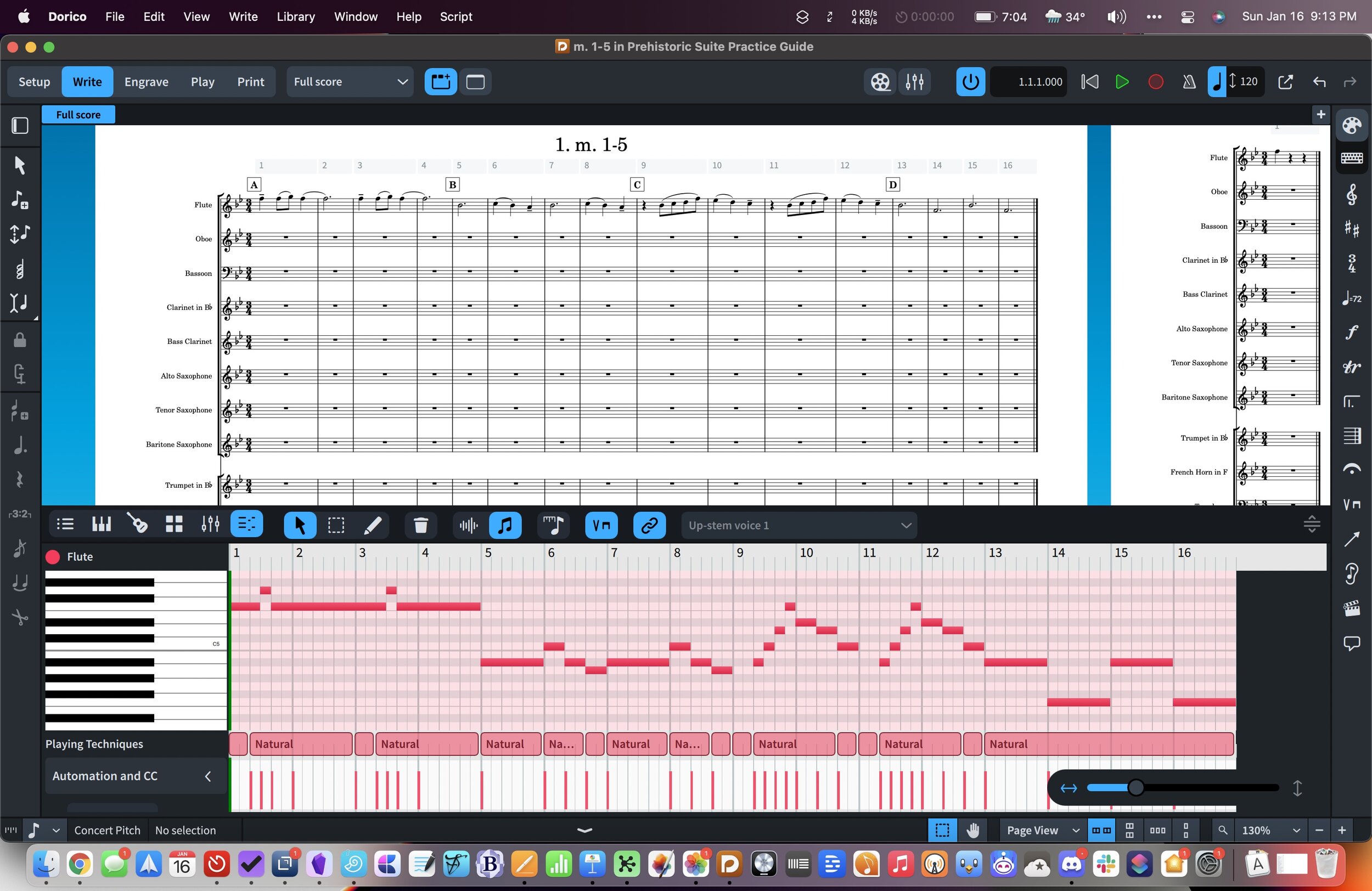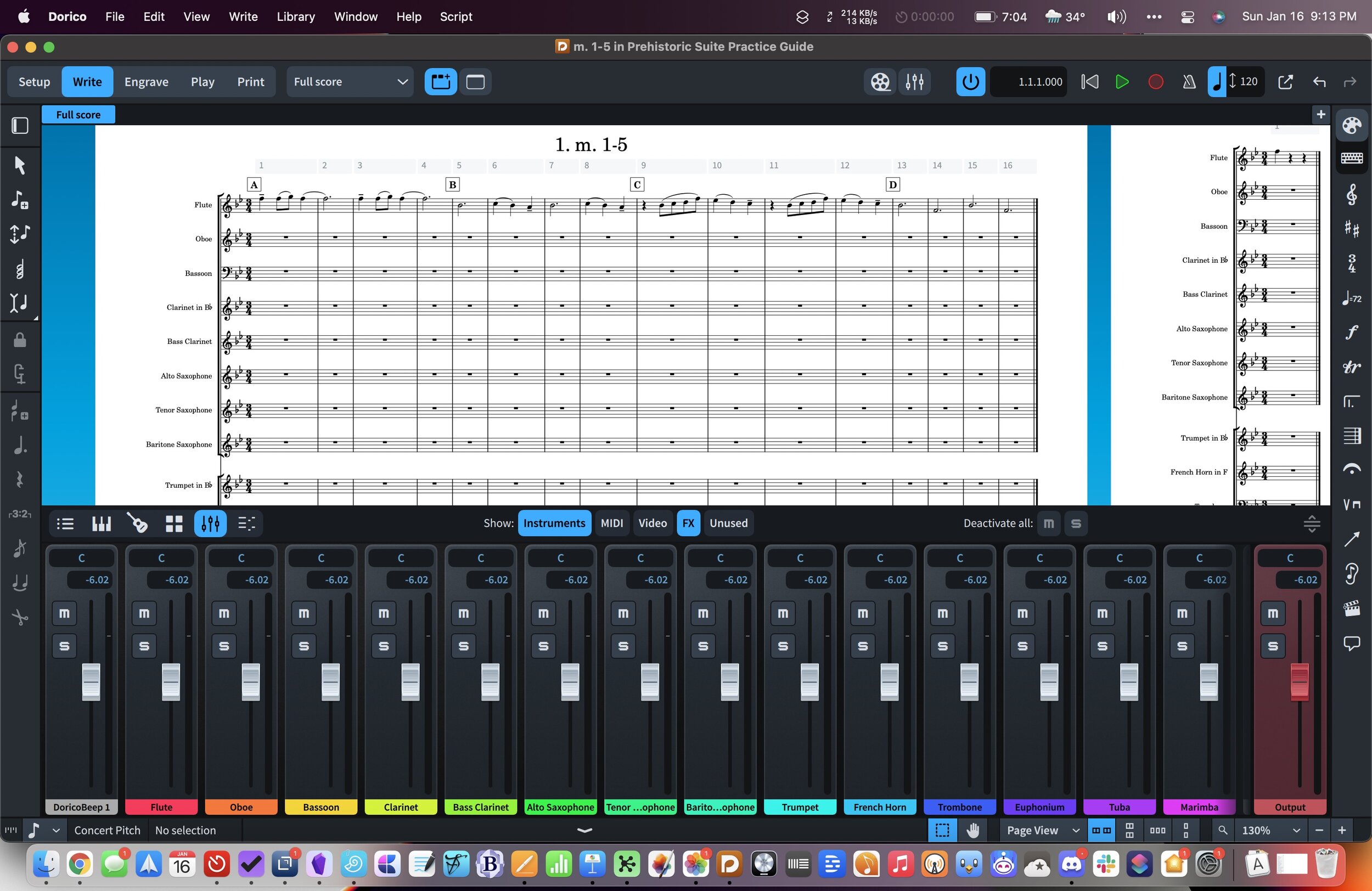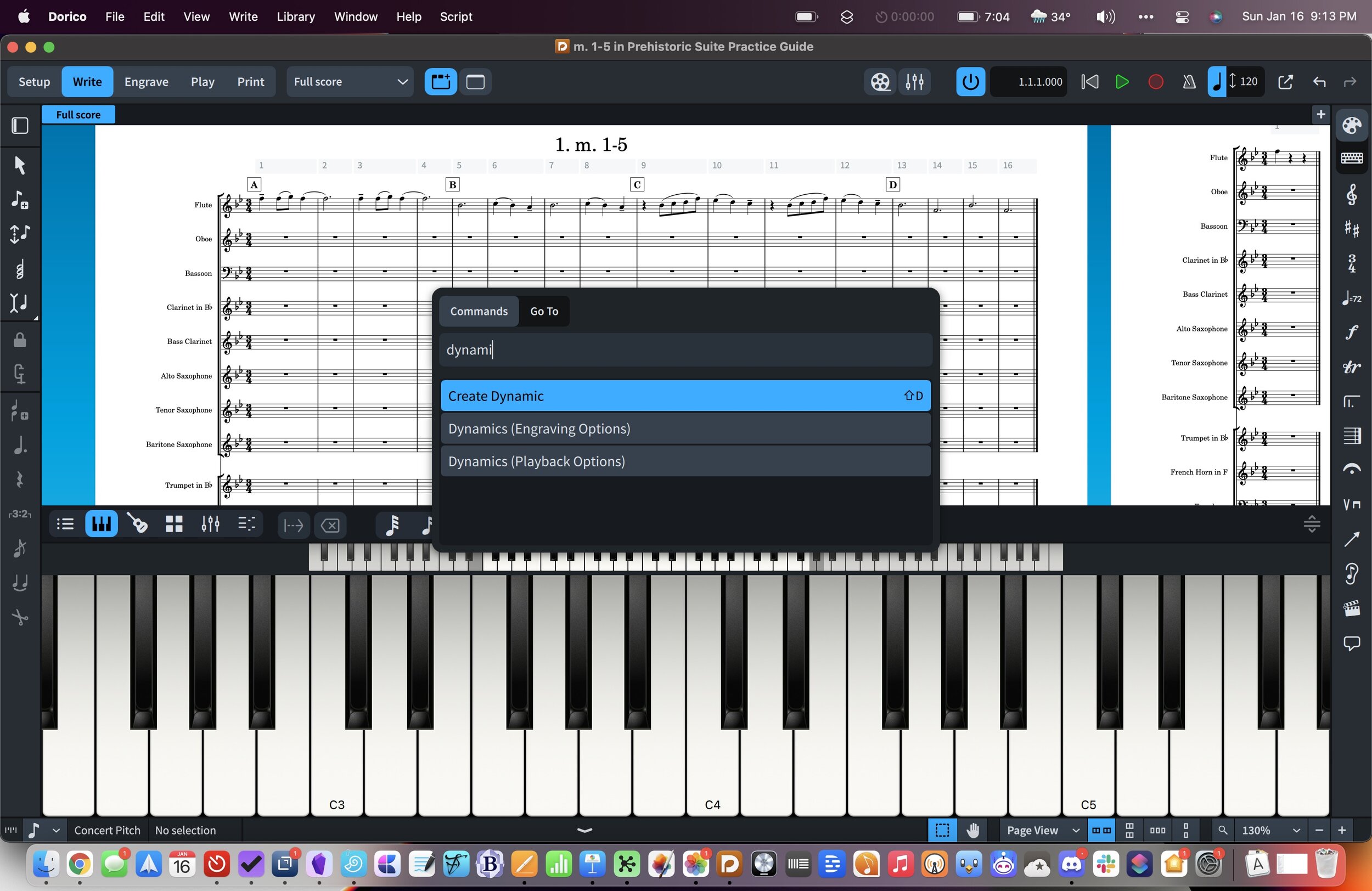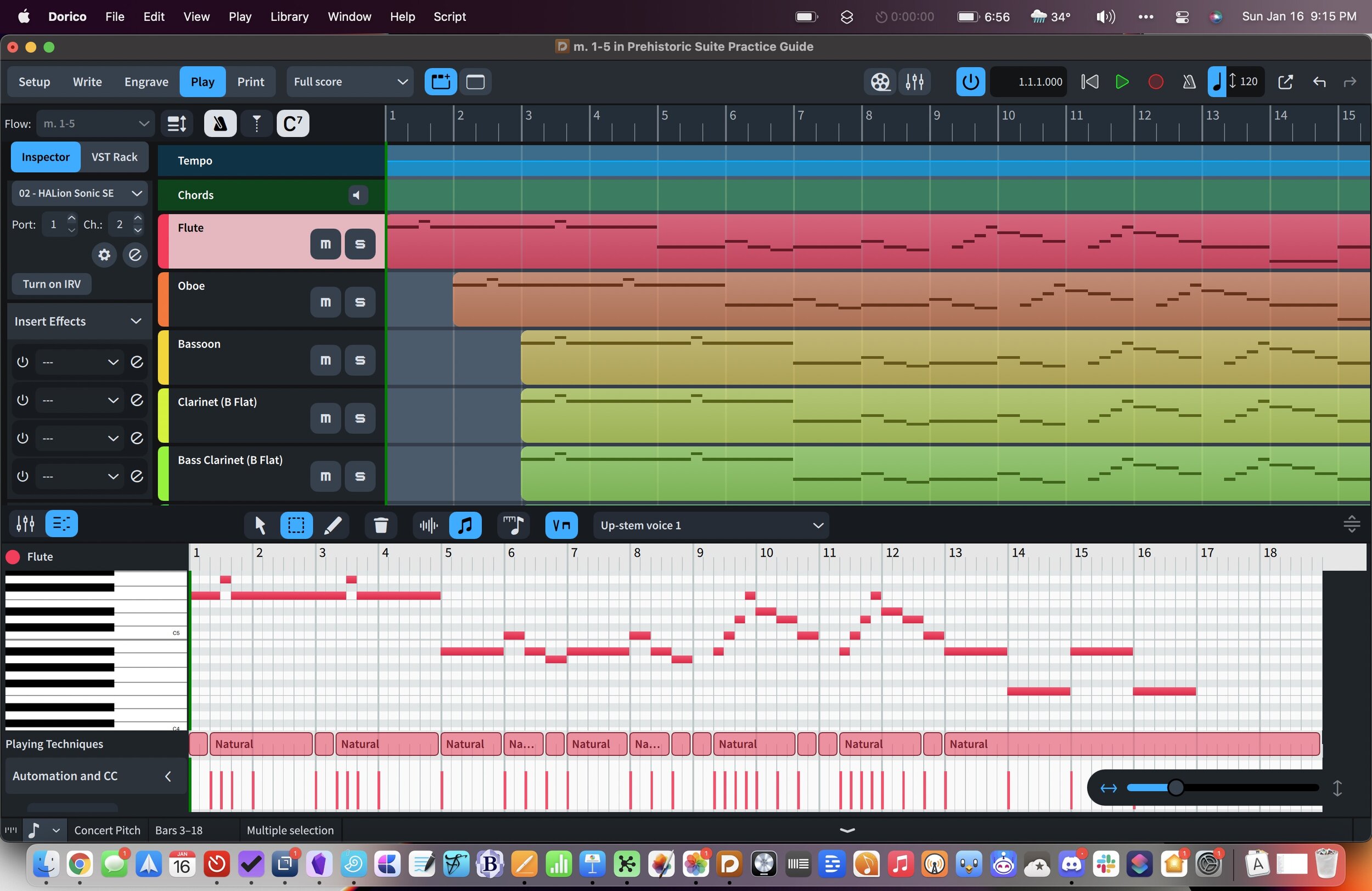
Teaching Intonation with Tonal Energy - OMEA 2022 (5:15 pm, Room 21)
This blog post, podcast episode, and presentation were prepared for the Ohio Music Educators Association Professional Development Conference 2022.
This blog post exists to serve as both session notes for conference attendees, show notes for listeners of the podcast episode, and any teacher who wishes to develop intonation in their performing ensemble.
Complimentary Podcast Episode:
Where to Find Me
Subscribe to the Blog...RSS** | Email Newsletter
Subscribe to the Podcast in...Apple Podcasts** | Overcast | Castro | Spotify | RSS
Support My Work
- My Book: Digital Organization Tips for Music Teachers | Oxford University Press
- My Scale Exercise Play-Along Tracks: Audio Only | Audio and Stems ... current on sale
- My appearance on LearnOmniFocus.com (Learn how I manage time and tasks in the music classroom)
Session Outline and Links to Resources Mentioned in the Session
Teaching Intonation
Philosophy
- Prioritize these...
- Tone
- Intonation
- Balance/Blend
- Melodic Accuracy
- Rhythmic Accuracy
- Expression/Phrasing
- Technique/Articulation
- Sound Over Sight
- If we are asking students to use their ears, then why are we having them use their eyes?
- Natural Learning - think about how children learn to speak. Through modeling from parental figures, constant repetition, and encountering these repetitions in various contexts.
- Electronic tuners can only tune intervals of unisons and octaves accurately.
- We are used to hearing the piano in its slightly “out-of-tune” tempered state.
- Interval Adjustment
- Pure intervals have varying degrees of adjustment from tempered intonation to make them in tune.
- Scale Degree | Adjustment
- 1 | 0
- 2 | +3.9
- 3 | -13.7
- 4 | -2.0
- 5 | +2.0
- 6 | -15.6
- 7 | -11.7
- 8 | 0
- We must teach our students to HEAR when something is out of tune by listening for beats. But how?
- Resonant intonation is the result of two other important features: superior tone and balance.
- Good tone comes first.
- Learning balance is difficult in a room by yourself.
- Use of an electric drone helps.
- Turn the drone up to a level that equals the student.
- Song based learning that utilizes lots of simple melodies in standard keys teaches students to understand basic consonance and dissonance.
- Lots of repetition!!!
- Patients!
- Reinforce that one success does not mean that everything will be in tune from here on out.
- Don’t strive for a perfect intonation system. Resist teaching students the theory of intervals and focus on them hearing consonance and dissonance through listening to the relationships of intervals.
- Once you know what a 5th sounds like, you can tune it anywhere.
- Avoid technical talk unless something is absolutely in a students way.
- Daniel Kohut - Musical Performance: Learning Theory and Pedagogy
- Superior Concept
- Relaxed Concentration
- Focused Awareness
- Reasons teachers give up on teaching intonation this way...
- Fear of other areas of musical performance failing - wrong notes, rhythm, poor technique, inability to execute musically. The solution to this - pick easier music!!!
- Abstract nature of these skills make them less concrete to student minds and harder to teach.
- This is a long road. It takes time. But! - the end reward is ultimately better because students own their critical listening skills and now make musical adjustments themselves, even to features in the music that are not tone and intonation related. Each year will have an upswing towards the end. Independent musicianship is the result.
Features of Tonal Energy
- Overview of each feature and setting - Live Demo
- Strategies
- Everything with drone
- All music taught around tonal centers
- Students tune down to the tonic most immediately beneath where the majority of their part sits
- Students write tonal centers in their method books and concert music
- Analyze mode - Students practice scale patterns and songs in this sequence...
- Visual and aural feedback
- Aural feedback only
- No drone at all
- Practice Guide

You can balance to the drone
Tell students to match the volume of the drone at various levels.
Play along melodies with students on a keyboard or on the display

A midi keyboard like the Xkey can play certain key areas in tune perfectly and can automatically tune chords to just intonation. Combined with an iPad, this is like owning a Yamaha Harmony Director.

- In rehearsal: Have students buzz along and find their place in the chord
- Use In-App Audio Apps to make play along tracks
-
GarageBand for iOS allows easy creation of engaging play along tracks by using TE Tuner as a plugin and combining its sounds with other instruments.
Lightly Row with Tuning Drones
Recording Tonal Energy into GarageBand with Inter-App Audio
Embellishing the Drone Track with Drums
- Tools for Making Play-Along Tracks
- Yamaha Harmony Director
- My Scale Exercise Play-Along Tracks (CURRENTLY ON SALE)
Scale Exercise Play-Along Tracks with Trap Beats - Promotional Video
- Farrago
- GarageBand Drummers
- Shure BLX14/PGA31 Wireless Headworn Microphone System
- Band in a Box
- My NAfME Article about teaching music in unison, making practice resources, and using drones/beats - Always Start from the Beginning: Developing Tone Quality, Intonation, Concert Repertoire, and Classroom Management through Unison Playing in Performing Ensembles



- More Resources
- Hal Leonard Intermediate Band Method
- Beat Elimination as a Means of Teaching Intonation to Beginning Wind Instrumentalists, The Journal of Research in Music Education, Winer 1972
- The Problem of Tonality in Seventheenth Century Music, Delbert M. Beswick, Music, Ph.D. Dissertation, University of North Carolina, 1950
- Musical Performance: Learning Theory and Pedagogy - Daniel Kohut
- Automating Band Warmups, Teaching Auditory Skill, and Managing My Classroom… With Solfege Bingo
Extra Show Notes from the Podcast Episode:
App of the Week
Album of the Week
Tech Tip of the Week


















